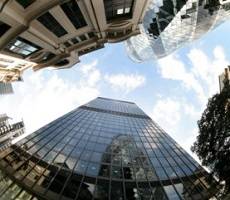April 15, 2016
Employers’ and workers’ views on an engaging workplace differ widely 0
 Business growth is radically redefining how employees are managed, especially as there is greater competition than ever to hire the best people from a much more demanding employee population. Yet employees report that a lack of development, outdated processes, and discontent with the role of their managers are causing them to feel dissatisfied according to Mercer’s 2016 Global Talent Trends Study, the first to take into account the perspective of both employers and employees. While 85 percent of organisations admit that their talent management programmes need an overhaul, 70 percent are confident about filling critical roles with internal candidates, 28 percent of employees say they plan to leave in the next 12 months even though they are satisfied with their current role. Managing these challenges requires support but only 4 percent of HR professionals feel that the HR function is viewed as a strategic business partner within their organisations.
Business growth is radically redefining how employees are managed, especially as there is greater competition than ever to hire the best people from a much more demanding employee population. Yet employees report that a lack of development, outdated processes, and discontent with the role of their managers are causing them to feel dissatisfied according to Mercer’s 2016 Global Talent Trends Study, the first to take into account the perspective of both employers and employees. While 85 percent of organisations admit that their talent management programmes need an overhaul, 70 percent are confident about filling critical roles with internal candidates, 28 percent of employees say they plan to leave in the next 12 months even though they are satisfied with their current role. Managing these challenges requires support but only 4 percent of HR professionals feel that the HR function is viewed as a strategic business partner within their organisations.



































April 17, 2016
How can commuting to your choice of office affect staff productivity? 0
by Darren Bilsborough • Comment, Facilities management, Flexible working, Property
(more…)